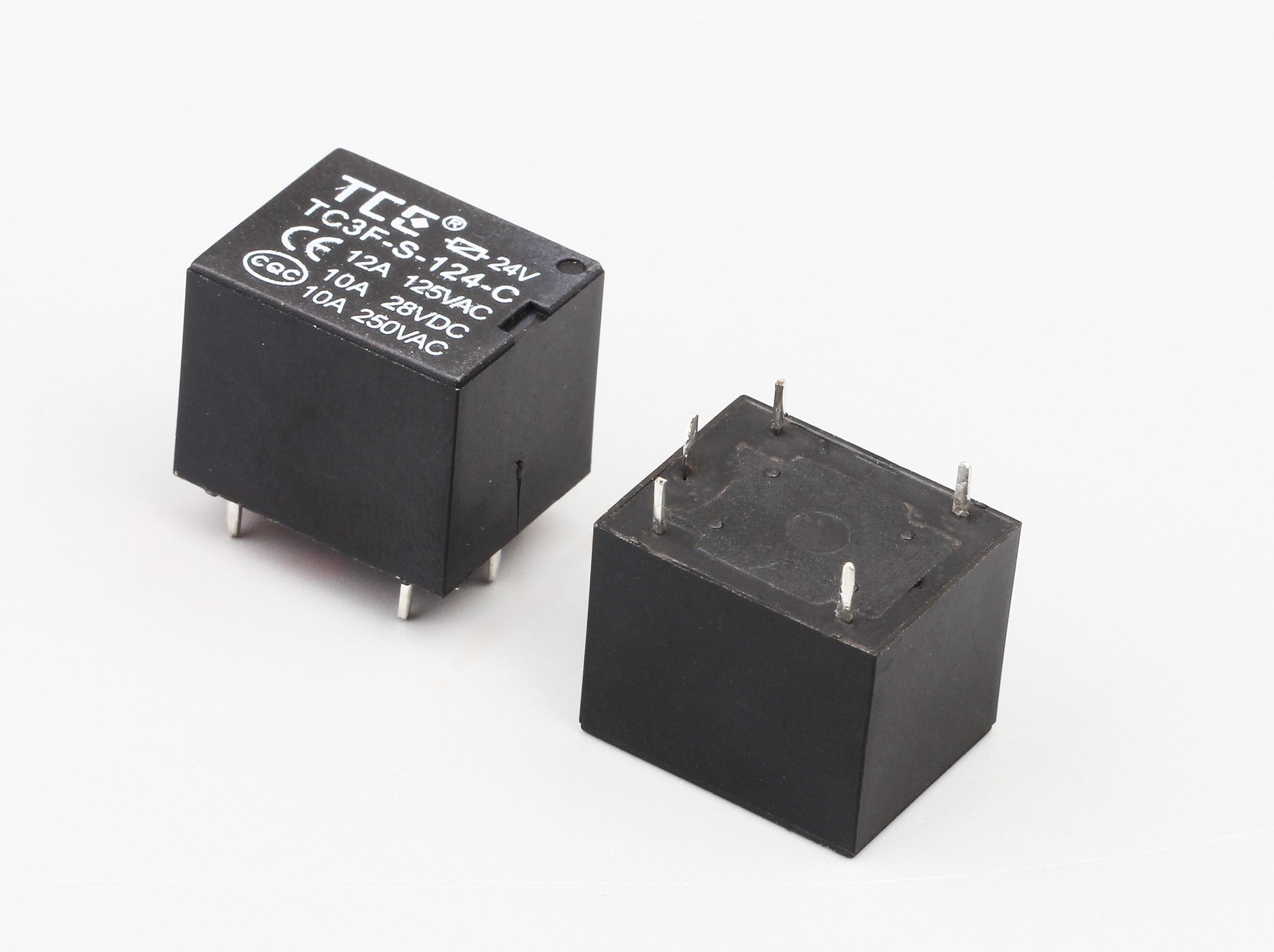Basic understanding of relay

Relay (English name: relay) is an electrical control device. It is an electrical appliance that causes the controlled quantity to undergo a predetermined step change in the electrical output circuit when the input quantity (excitation quantity) changes to meet the specified requirements. It has an interactive relationship between the control system (also called the input loop) and the controlled system (also called the output loop). Usually used in automated control circuits, it is actually an "automatic switch" that uses a small current to control the operation of a large current. Therefore, it plays the role of automatic adjustment, safety protection, and conversion circuit in the circuit.
Development History
In the 18th century, scientists also believed that electricity and magnetism were two physical phenomena that were not related to each other. After the Danish physicist Oster discovered the magnetic effect of electric current is 1820, the British physicist Faraday discovered the phenomenon of electromagnetic induction in 1831. These discoveries confirmed that electrical and magnetic energy can be transformed into each other, which laid the foundation for the birth of later electric motors and generators; human beings have entered the electrical age because of these inventions. In the 1830s, the American physicist Joseph Henry used electromagnetic induction to invent the relay while studying circuit control. The earliest relay is an electromagnetic relay, which uses the phenomenon of the generation and disappearance of the magnetic force of the electromagnet when the power is turned on and off, to control the opening and closing of another circuit with high voltage and high current. Its appearance makes the remote control and protection of the circuit work. It went smoothly. The relay is a great invention in the history of human science and technology. It is not only the foundation of electrical engineering but also an important foundation of electronic technology and microelectronics technology.

main effect
Relay is an automatic switching element with an isolation function. It is widely used in remote control, telemetry, communication, automatic control, mechatronics, and power electronic equipment. It is one of the most important control elements.
Relays generally have an induction mechanism (input part) that can reflect certain input variables (such as current, voltage, power, impedance, frequency, temperature, pressure, speed, light, etc.); The actuator (output part) of "off" control; between the input port and the output port of the relay, there is also an intermediate mechanism (drive part) for coupling and isolating the input, functional processing and driving the output part.
As a control element, in summary, the relay has the following functions:
1) Expand the control range: For example, when the control signal of a multi-contact relay reaches a certain value, multiple circuits can be switched, disconnected, and connected at the same time according to different forms of contact groups.
2) Amplification: For example, sensitive relays, intermediate relays, etc., with a very small control quantity, can control a large power circuit.
3) Comprehensive signal: For example, when multiple control signals are input to a multi-winding relay in a prescribed form, they will be relatively integrated to achieve the predetermined control effect.
4) Automatic, remote control, and monitoring: For example, the relay on the automatic device and other electrical appliances can form a program control circuit to realize automatic operation
New relay
The new type of relay refers to the electromagnetic relay developed and produced in order to meet the new special requirements and meet the use under special environmental conditions. Its main characteristics are small size, lightweight, vibration resistance, shock resistance, and load range from a low level. Load to 5A, 28 V rated load, the product has reliability index (failure rate grade) requirements, the product adopts resistance welding or laser welding sealed airtight sealing structure, mainly used in signal transmission and weak current in electronic control equipment Power switching.

New electromagnetic relays include non-magnetic latching relays and magnetic latching relays. The non-magnetic latching relay is a monostable relay. The output state of the contact of the relay coil changes under the action of the specified voltage excitation, but after the coil excitation is canceled, the contact output state is restored to the initial state. A magnetic latching relay is a kind of bistable relay, divided into the single-coil structure and double-coil structure, coil excitation is electric pulse mode. For the single-coil structure relay, when the coil is under the action of the specified voltage excitation, the contact output state changes. After the coil excitation is canceled, the contact can maintain the existing state. To change the contact output state, you need to add a specified value to the coil. The amount of reverse voltage excitation. For the double-coil structure relay, when the first coil is under the action of the specified voltage excitation, the contact output state changes. After the coil excitation is canceled, the contact can maintain the existing state. To change the contact output state, the second coil is excited by the specified voltage.
Due to the special performance of the new type of relay, its testing methods and testing requirements are also different from those of conventional relays. The main testing content includes electrical parameter testing, electrical performance index testing, mechanical performance index testing and physical performance index testing, etc.
After reading the above, you should understand the relay. For more relay-related articles, we will continue to organize and publish them on the blog of the website. Interested users should remember to pay attention to our latest developments.







Leave a Comment